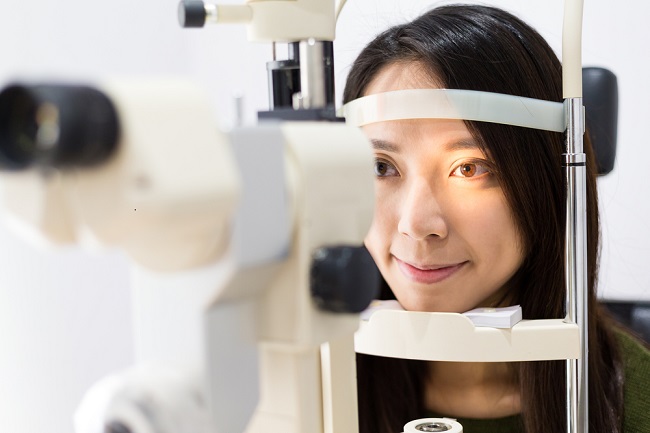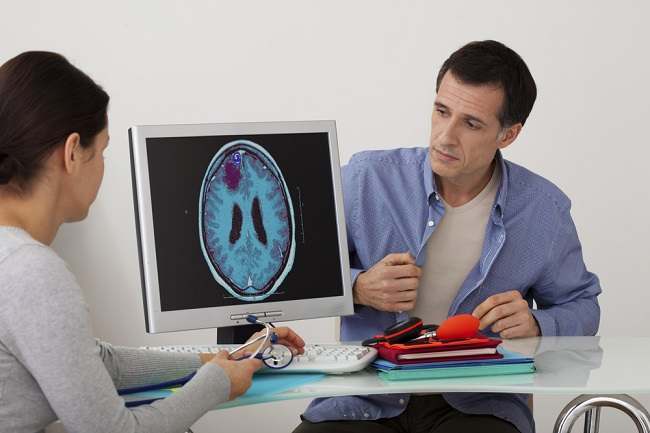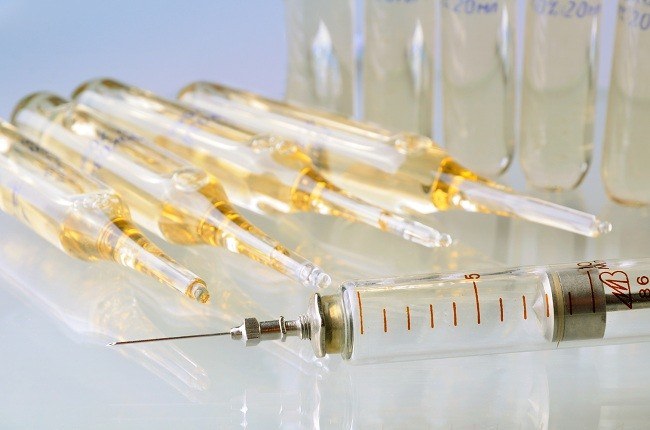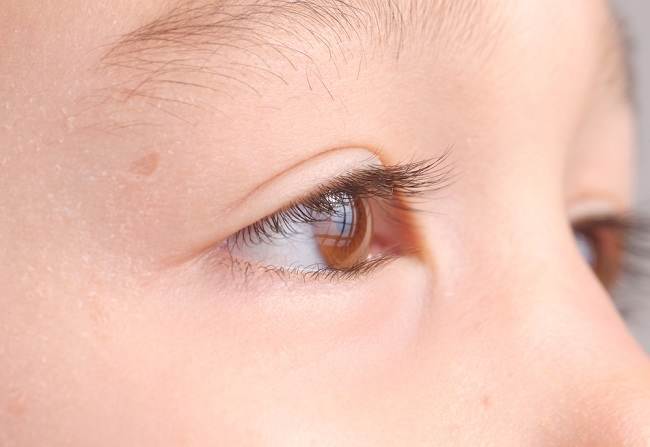Angiography is the examination of blood vessels using dye special (contrast) and radiology assistance. Angiography results will be called normal if the blood flow in the blood vessels is smooth and there is no blockage.
An angiography usually takes about half to two hours. This procedure is generally carried out in the radiology department of a hospital using X-ray or MRI imaging. Patients usually do not need to stay overnight and can go home the same day after completion.

Purpose of Angiography Examination
An angiography may be necessary to check for the following:
- Detects atherosclerosis, blockages, or deformities in the arteries, be it in the brain, lungs, hands or feet, abdomen, or pelvic cavity.
- Evaluate blood flow in the coronary arteries of the heart, especially in conditions of heart attack, unspecified chest pain, or angina pectoris.
- Evaluate blood flow through the heart, especially in conditions of heart failure.
- Find out the source of bleeding in the body.
- Prepare for surgery.
- Observing the number, condition, and location of the renal arteries prior to a kidney transplant.
- Detect blood flow patterns in tumors and see how many tumors are spread in the body.
However, angiography is not recommended for people who have a history of allergy to contrast agents, suffer from blood clotting disorders, kidney damage, have uncontrollable high blood pressure, arrhythmias, anemia, and fever.
Before undergoing the examination, the patient needs to know the details of the course of the examination, the risks that may arise, and the possible need to take sedatives. Patients also need to inform their doctor or health care provider if they are pregnant, taking strong drugs, or have allergies to certain drugs.
In addition, before undergoing this procedure, the doctor may ask the patient to undergo the following examinations:
- General health examination, including physical examination and blood tests
- Medical history, including the presence or absence of allergies
Prior to the examination, the patient is required not to eat and drink (fasting) for 8 hours before the test, and to have adequate rest the night before the examination. This angiography examination is usually performed while the patient is conscious.
However, sedation may be needed to relax and general anesthesia may be given to children undergoing this procedure. Once the patient is lying down, the doctor will administer a local anesthetic and insert a catheter and contrast agent through an artery, usually an artery near the wrist or groin.
After that, the doctor can detect the presence or absence of interference. Sometimes angiography is done at the same time as angioplasty, which is a procedure to open narrowed arteries. After the procedure is complete, the patient will need to lie down for a few hours to prevent bleeding from the incision.
In addition to rest, patients can eat and drink as soon as they feel ready. Drinking lots of water is needed to get rid of the dye used for the test. Patients can return to their activities immediately the next day, but need to avoid strenuous exercise or lifting heavy weights for a few days.
While generally safe, angiographic procedures carry a risk of causing low blood pressure, cardiac tamponade, injury to the heart arteries, irregular heartbeat, stroke, heart attack, kidney damage, and allergic reactions.
But don't worry, the doctor who performs this procedure will prepare the procedure carefully and anticipate and prepare all the necessary aids if these things happen.









